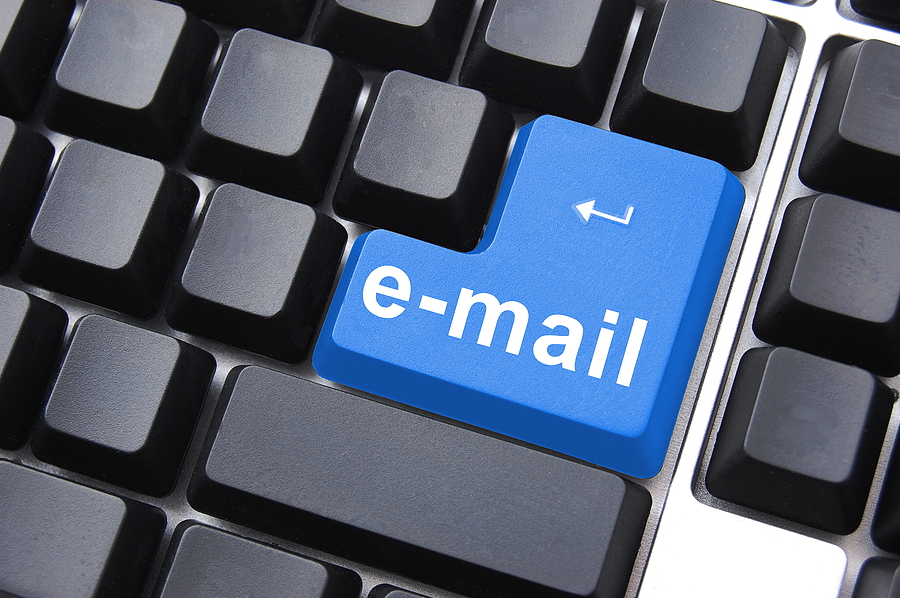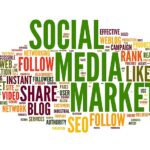In the fast-paced world of modern workplaces, effective communication is the key to ensuring a collaborative work environment. Among the myriad ways we connect, emails are still a cornerstone of professional correspondence. However, the art of crafting impactful emails for productive workplace communication is often underestimated.
In this blog, we’ll delve into the nuances of designing emails that foster efficiency, clarity, and collaboration. If you don’t know where to start, we’ve got you covered!
Understanding Your Audience Properly
Table of Contents
Before you even start typing the greeting line of your email, it’s crucial to understand who your audience is. Are you addressing your team, a client, or perhaps your boss? Tailor your language and tone according to who you’re reaching out to.
If you’re communicating internally, a more casual tone might be appropriate, while external communication may require a more formal approach. Knowing your audience sets the tone for a successful email.
Clear and Concise Subject Lines
The subject line is the first thing your recipients see, and a compelling one can make the difference between an opened and ignored email.
Keep it concise yet informative. Instead of “Meeting Tomorrow,” try “Quick Team Huddle Tomorrow at 10 AM – Your Input Needed.” This not only informs but also sets expectations, making it easier for your colleagues to prioritize their time. A subject line should be informative but it also doesn’t need to be unnecessarily long.
Optimizing Your Email Structure
No one wants to read a big wall of text. That’s exactly why you should break down your email into clear sections with informative headings. Use short paragraphs and bullet points to increase readability as much as you can. If you have multiple topics to cover, consider using subheadings. For example, “Project Update,” “Action Items,” and “Upcoming Deadlines.”
This not only makes your email more visually appealing but also helps readers quickly locate and absorb information. Remember, this is a work email and people want to get to the point quickly. Try to have as little fluff in your email as possible.
Engaging and Catchy Email Templates
Consider using engaging corporate email templates to streamline your communication. This isn’t just a matter of aesthetics; it’s a strategic move towards effective, consistent, and professional correspondence. As you use the power of these templates, you’re not just sending emails; you’re crafting a visual narrative that speaks volumes about your organization’s commitment to excellence.
A visually catchy template not only makes your emails stand out but also reinforces your brand identity. It’s a subtle yet very effective way to leave a lasting impression on your recipients.
Staying Mindful of Your Tone and Language
The tone of your email can hugely impact how it is received. Aim for a balance between professionalism and approachability. Avoid using jargon that might be confusing and opt for clear, straightforward language instead.
Remember, emails can lack the nuance of face-to-face communication, so choose your words very wisely. Always proofread to catch any unintentional tone issues or errors that might undermine your message. You don’t want the message to get lost in translation, that’s for sure.
Encouraging Collaboration and Feedback
Emails should not be one-way streets. That’s exactly why you should encourage collaboration by explicitly inviting feedback and questions. Use phrases like “I’d love to hear your thoughts” or “Feel free to reach out if you have any questions.” This not only promotes a culture of open communication but also ensures that your message is fully understood, reducing the likelihood of misunderstandings.
Team work makes the dream work!
Keeping it Visual
In a sea of text based emails, visuals can be powerful communicators. Try to incorporate relevant images, charts, or graphs to support your message. If you’ve used corporate poster templates in your organization, consider embedding elements of these posters into your emails. A visual representation of key information can increase understanding and retention, making your communication more effective. Pictures always make things more interesting!
Wrapping it up
In the digital age, mastering the art of email communication is a valuable skill. By understanding your audience, perfecting your subject lines, optimizing your email structure, utilizing engaging templates, maintaining a mindful tone, encouraging collaboration, and incorporating visual elements, you can design emails that not only convey your message effectively but also contribute to a more productive workplace.
So, the next time you hit that “send” button, do it with confidence, knowing that your well-crafted email is a powerful tool for success in your professional life.
Image Source: BigStockPhoto.com (Licensed)
Related Categories: Work, Reviews, Tech








